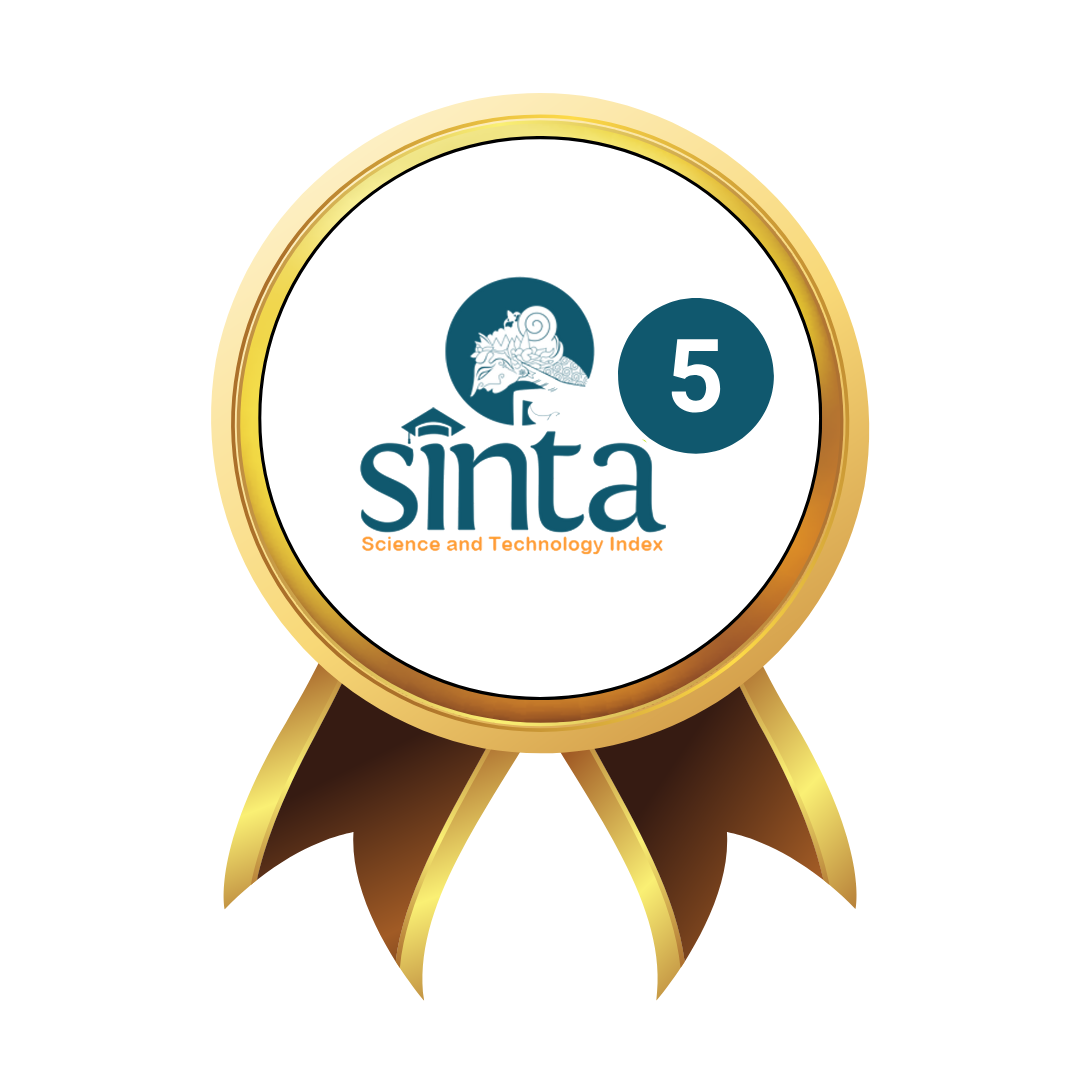Peran Guru PAI dalam Pengembangan Kurikulum Berbasis Kompetensi Abad ke-21 dan Literasi Digital di SD Negeri 4 Purwodadi Kabupaten Grobogan
DOI:
https://doi.org/10.25217/wisanggeni.v5i1.6298Keywords:
Islamic Religious Education Teachers, Islamic Religious Education Curriculum, 21st Century Competencies, Digital Literacy, Islamic Education.Abstract
The 21st century demands fundamental transformation in all aspects of education, including Islamic Religious Education (PAI). The PAI curriculum is no longer sufficient to only equip students with normative knowledge, but must integrate crucial 21st-century competencies such as critical thinking, collaboration, communication, and creativity (4C), as well as essential digital literacy skills. This article analyzes the vital role of PAI teachers as the main agents in the development and implementation of PAI curriculum that is responsive to the demands of this era. Using a literature review method and a qualitative-descriptive approach, this article identifies that PAI teachers are required to be innovative learning designers, facilitators of 4C competency development, digital literacy agents, developers of adaptive teaching materials, and evaluators of competency-based learning. The results of the discussion show that the main challenges include a shift in the teaching paradigm, effective technology integration, and management of the rapid flow of information. Therefore, increasing the capacity and professionalism of PAI teachers in a sustainable manner is a necessity to produce a generation of Muslims who are not only noble, but also adaptive, critical, and competitive in the digital era.
References
Diah Rusmala Dewi. (2019). Pengembangan Kurikulum Di Indonesia Dalam Menghadapi Tuntutan Abad Ke-21. As-Salam: Jurnal Studi Hukum Islam & Pendidikan, 8(1), 1–22. https://doi.org/10.51226/assalam.v8i1.123
Dr. SUGIONO. (2019). Metode Penelitian Kuantitatif, Kualitatif, Dan R & D. In Sustainability (Switzerland) (Vol. 11, Issue 1). http://scioteca.caf.com/bitstream/handle/123456789/1091/RED2017-Eng-8ene.pdf?sequence=12&isAllowed=y%0Ahttp://dx.doi.org/10.1016/j.regsciurbeco.2008.06.005%0Ahttps://www.researchgate.net/publication/305320484_SISTEM_PEMBETUNGAN_TERPUSAT_STRATEGI_MELESTARI
Edwards, D. B., Okitsu, T., Da Costa, R., & Kitamura, Y. (2018). Organizational legitimacy in the global education policy field: Learning from UNESCO and the global monitoring report. Comparative Education Review, 62(1), 31–63. https://doi.org/10.1086/695440
Habsy, B. A. (2017). Seni Memehami Penelitian Kuliatatif Dalam Bimbingan Dan Konseling : Studi Literatur. JURKAM: Jurnal Konseling Andi Matappa, 1(2), 90. https://doi.org/10.31100/jurkam.v1i2.56
LAGHUNG, R. (2023). Pendidikan Karakter Sebagai Upaya Mewujudkan Profil Pelajar Pancasila. CENDEKIA: Jurnal Ilmu Pengetahuan, 3(1), 1–9. https://doi.org/10.51878/cendekia.v3i1.1950
Layyinah, L. (2017). Menciptakan Pembelajaran Fun Learning Based on Scientific Approach Dalam Pembentukan Karakter Peserta Didik Pada Pembelajaran Pai. TARBAWY : Indonesian Journal of Islamic Education, 4(1), 1. https://doi.org/10.17509/t.v4i1.6987
OECD. (2018). E2030 Position Paper (05.04.2018). In Oecd.
Satuan, T., & Ktsp, P. (2014). IMPLEMENTASI KURIKULUM PELAJARAN PENDIDIKAN AGAMA ISLAM PADA SMK NEGERI 2 PENGASIH KULON PROGO Wardani. 02(01), 64–83.
Sopandi, W., Budimansyah, D., & Ruyadi, Y. (2024). Model Pembelajaran RADEC dalam Perspektif Pendidikan Karakter 1. 6(02), 126–137.
Ummah, M. S. (2019). No 主観的健康感を中心とした在宅高齢者における 健康関連指標に関する共分散構造分析Title. In Sustainability (Switzerland) (Vol. 11, Issue 1). http://scioteca.caf.com/bitstream/handle/123456789/1091/RED2017-Eng-8ene.pdf?sequence=12&isAllowed=y%0Ahttp://dx.doi.org/10.1016/j.regsciurbeco.2008.06.005%0Ahttps://www.researchgate.net/publication/305320484_SISTEM_PEM
80
BETUNGAN_TERPUSAT_STRATEGI_MELESTARI
Lestari, E., Nurasiah, E., & Handayani, D. (2021). Peran Guru PAI dalam Mengembangkan Kompetensi 4C Siswa di Era Digital. Jurnal Pendidikan Islam, 12(1), 45-58.
Mulyasa, E. (2020). Menjadi Guru Hebat di Era Digital: Strategi Pembelajaran Abad 21. Bandung: Remaja Rosdakarya.
P21 (Partnership for 21st Century Learning). (2019). Framework for 21st Century Learning. Retrieved from http://www.p21.org/our-work/p21-framework
UNESCO. (2018). UNESCO Digital Literacy Framework. Retrieved from https://en.unesco.org/themes/ict-education/digital-literacy
Salsabila, U. H., et al. (2020). Integrasi Literasi Digital dalam Pembelajaran PAI di Madrasah Ibtidaiyah. Jurnal Pendidikan Madrasah, 5(2), 112-125.
Syafaruddin, S., & Sari, N. (2022). Peran Guru dalam Implementasi Kurikulum Berbasis Kompetensi. Jurnal Ilmu Pendidikan, 15(2), 198-210.
Lestari, E., Nurasiah, E., & Handayani, D. (2021). Peran Guru PAI dalam Mengembangkan Kompetensi 4C Siswa di Era Digital. Jurnal Pendidikan Islam, 12(1), 45-58.
Mulyasa, E. (2020). Menjadi Guru Hebat di Era Digital: Strategi Pembelajaran Abad 21. Bandung: Remaja Rosdakarya.
P21 (Partnership for 21st Century Learning). (2019). Framework for 21st Century Learning. Retrieved from http://www.p21.org/our-work/p21-framework
UNESCO. (2018). UNESCO Digital Literacy Framework. Retrieved from https://en.unesco.org/themes/ict-education/digital-literacy
Salsabila, U. H., et al. (2020). Integrasi Literasi Digital dalam Pembelajaran PAI di Madrasah Ibtidaiyah. Jurnal Pendidikan Madrasah, 5(2), 112-125.
Syafaruddin, S., & Sari, N. (2022). Peran Guru dalam Implementasi Kurikulum Berbasis Kompetensi. Jurnal Ilmu Pendidikan, 15(2), 198-210.
Zulaiha, S., & Wibowo, A. (2023). Guru PAI sebagai Agen Transformasi Kurikulum di Era 4.0. Jurnal Pendidikan Agama Islam Al-Tarbiyah, 10(1), 76-90.
Downloads
Published
How to Cite
Issue
Section
License
Copyright (c) 2025 Nur Wijayat, Sari Hernawati

This work is licensed under a Creative Commons Attribution-ShareAlike 4.0 International License.



